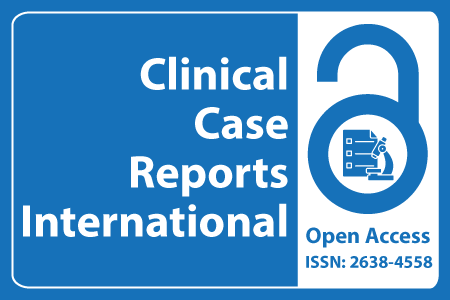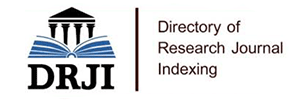
Journal Basic Info
- Impact Factor: 0.285**
- H-Index: 6
- ISSN: 2638-4558
- DOI: 10.25107/2638-4558
Major Scope
- Depression
- Molecular Biology
- Surgery
- Ophthalmology
- Hematology
- Sleep Medicine and Disorders
- Preventive Medicine
- Neurological Surgery
Abstract
Citation: Clin Case Rep Int. 2021;5(1):1237.DOI: 10.25107/2638-4558.1237
A Novel Mutation in ARSA Gene Causing Metachromatic Leukodystrophy in a Saudi Boy, Genotype-Phenotype Correlation and Further Expansion of the Disease Spectrum; Case Report
Talal Al Anzi, Mohammed Asiri, Wejdan Hakami and Faisal Al Enezi
Department of Pediatric, Prince Sultan Military Medical City, Saudi Arabia
*Correspondance to: Talal Al Anzi
PDF Full Text Case Report | Open Access
Abstract:
Metachromatic Leukodystrophy (MLD) is a hereditary neurometabolic disease affecting the myelin sheath that covers the nerves fibers in the central and peripheral nervous systems. MLD is caused by deficiency of the lysosomal enzyme Arylsulfatase A (ARSA) or its activator protein namely Sposin B (SapB). The MLD patients clinically present with progressive psychomotor regression. ARSA and SapB protein deficiency ascribe to biallelic disease-causing mutations in the ARSA and PSAP genes, respectively. The MLD is severity variable and largely dependent on the residual activity of ARSA enzyme. The estimated prevalence of leukodystrophies in Saudi Arabia is 2.05/100,000 and male to female ratio is 1.5:1. In this report, we describe a Saudi boy manifested with gross moto delay in the early infancy and the genetic analysis has yielded an ARSA variant of unknown significance. Using several methods based on clinical, biochemical and genetic evaluations, we concluded that ARSA variant is a pathogenic mutation.
Keywords:
Metachromatic leukodystrophy; ARSA gene; Arylsulfatase A enzyme
Cite the Article:
Al Anzi T, Asiri M, Hakami W, Al Enezi F. A Novel Mutation in ARSA Gene Causing Metachromatic Leukodystrophy in a Saudi Boy, Genotype-Phenotype Correlation and Further Expansion of the Disease Spectrum; Case Report. Clin Case Rep Int. 2021; 5: 1237.













